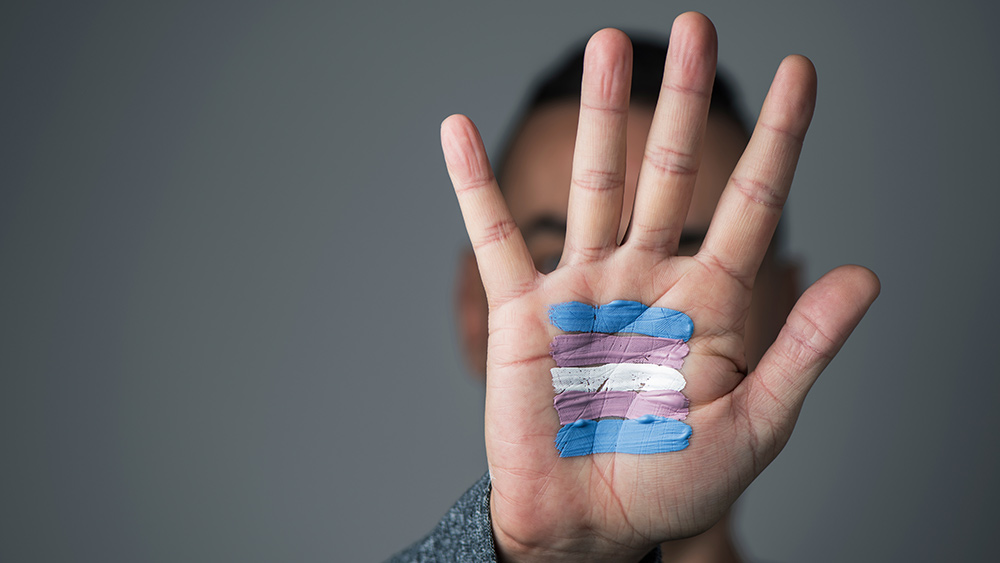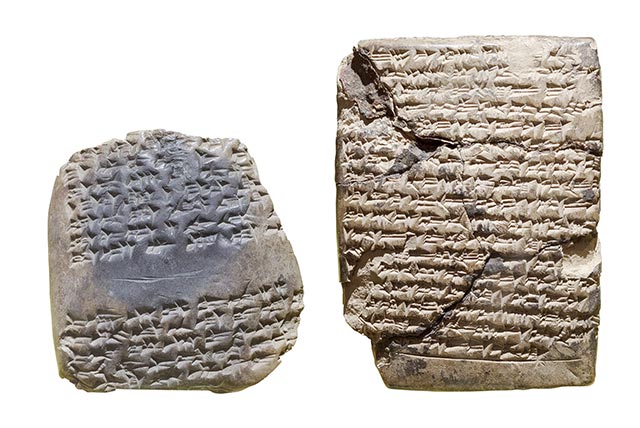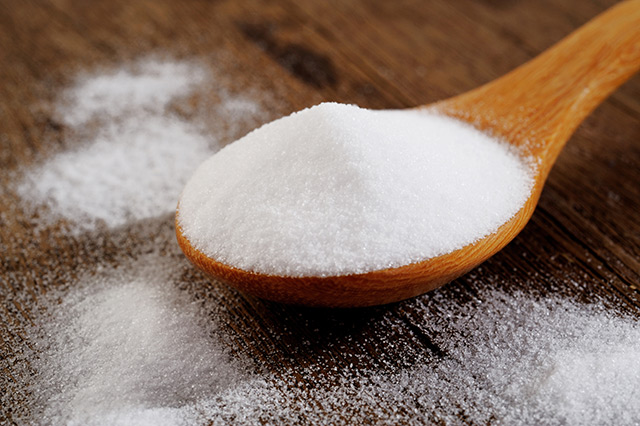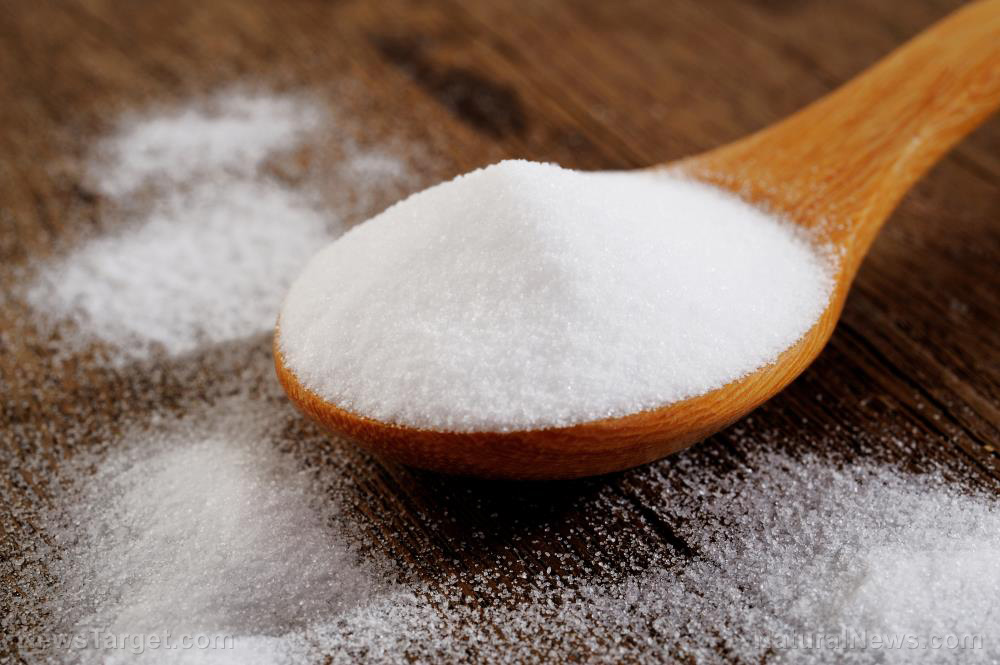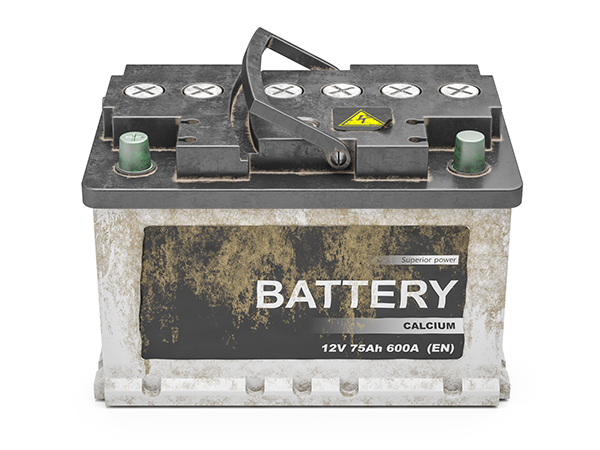
Like all good preppers, you should have a well-maintained bug-out vehicle in case you need to make a quick getaway when SHTF. This means that your vehicle’s batteries should be kept fully charged and the battery’s posts or terminals must be kept free of corrosion. But what should you do with a car battery that no longer functions? Even if you’ve replaced your car’s battery, don’t be so quick to throw out the old one. It might not even be entirely dead. In fact, if properly revived, it could even provide a few more years of good use. Here’s how you can revive near-dead lead-acid car batteries. (h/t to AskAPrepper.com)
The main reason why lead-acid batteries die is due to an accumulation of lead sulfate crystals on the plates inside the battery. The good news is that these crystals can be removed with a little elbow grease and a few simple everyday ingredients, such as Epsom salt (magnesium sulfate), baking soda and water. Before you know it, you’ll have your car up and running again with a functional battery. (Related: How to prep your car before SHTF.)
How to revive near-dead lead-acid car batteries
Before anything else, it is incredibly important to use extreme caution when reviving near-dead batteries. Doing so incorrectly can be very dangerous as the battery may “erupt” and your skin could come into contact with battery acid. Make sure to wear a pair of waterproof gloves and safety goggles when handling used or old lead-acid batteries. You should also avoid touching both battery terminals (the positive and negative electrical contacts at the top of the battery) at the same time as they may still have some charge. Furthermore, remember to keep all your tools in a safe working area, far away from any live wires.
Items needed:
- Pair of waterproof gloves
- Safety goggles
- Old or used lead-acid car battery
- Large bucket
- 30 ounces of baking soda
- 1 gallon of distilled water
- 3 gallons of regular water
- 12 ounces of Epsom salt
- Funnel
- Ammeter
- Automatic battery charger
- Manual battery charger or trickle charger
Procedure:
- Disconnect the battery terminals one at a time.
- Carefully remove the used lead-acid battery from your vehicle and place it on a solid workbench or any clean and open work area far from other items.
- Remove the caps of the battery’s cells.
- Drain the battery of existing battery acid or electrolyte fluid by turning the battery upside down over a large bucket and letting the liquid pour out. Once drained, safely dispose of the used battery acid in a responsible manner. Note that this liquid is a strong and highly corrosive acid that contains heavy metals, so use extreme caution.
- Create a solution by diluting 10 ounces of baking soda in one gallon of tap water. Make three separate batches of this solution.
- Using a funnel, slowly pour the baking soda solution into each of the battery’s openings one at a time. Be very careful as the solution’s reaction to the battery acid might cause the battery to erupt.
- Pour out the first solution of baking soda and water. Repeat this process at least three times.
- Rinse out any remaining battery fluid with regular water.
- Create another solution by boiling the distilled water and mixing in the Epsom salt. Keep stirring this solution continuously until the Epsom salt is entirely dissolved.
- While the mixture is still warm, pour this new solution into each of the battery’s openings using the funnel.
- Use the ammeter to measure the charge of your battery. If it has no charge, connect it to a manual or trickle charger. If the battery has at least 12 volts of charge, connect it to an automatic charger.
- Recondition your battery by connecting the terminals to the appropriate battery charger. When using a manual charger, it is recommended to charge the battery overnight at a low amperage of two amps in order for it to properly gain charge. Note that some gas will be released during the charging process, so it is best to keep the openings of the battery cells uncapped.
- Allow the battery to complete its charging cycle. Use the ammeter to make sure that your battery reaches at least 12 volts.
- Secure the caps back on to their openings.
- Carefully return the battery to your vehicle.
Depending on your battery’s age and state of wear and tear, you can expect your revived lead-acid battery to last for around six months to a year. If it dies again, simply repeat the process up to five times or until the method is no longer effective.
Learn more DIY survival hacks by visiting Survival.news.
Sources include:
Please contact us for more information.









